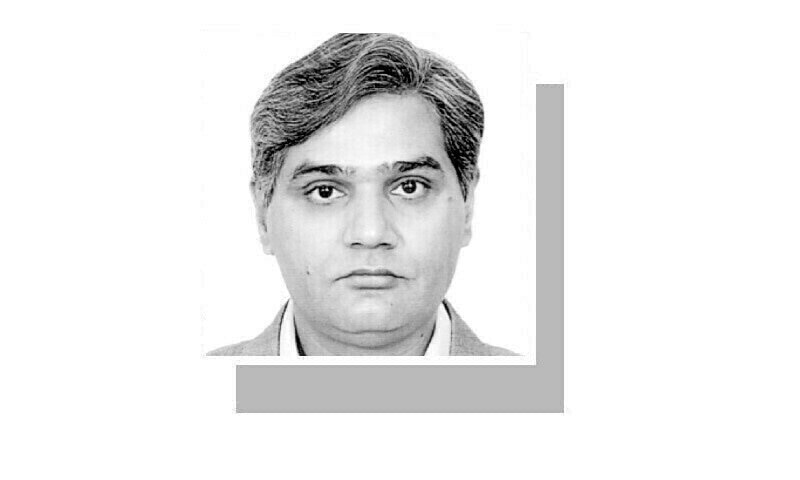By Muhammad Amir Rana
THE use of drones in warfare is no longer novel. From the battlefields of Ukraine to the brief India-Pakistan stand-off in May, unmanned aerial systems have steadily shaped the way conflicts are fought. Once confined to the arsenals of state militaries, drones have now become part of non-state actors’ toolkits too. This transformation has been gradual but deliberate, as militant groups learn to adapt commercially available platforms or assemble improvised systems for their tactical needs.
This global evolution has found its echo in Pakistan’s tribal districts, where Islamist militants have begun moving from occasional experimentation to more consistent and coordinated drone operations. The shift is not merely technical. It carries a political undertone, signalling to local populations and state actors alike that militants are capable of matching the technological edge of formal security institutions.
Pakistan’s security forces were already using drones for surveillance, reconnaissance, and precision targe
